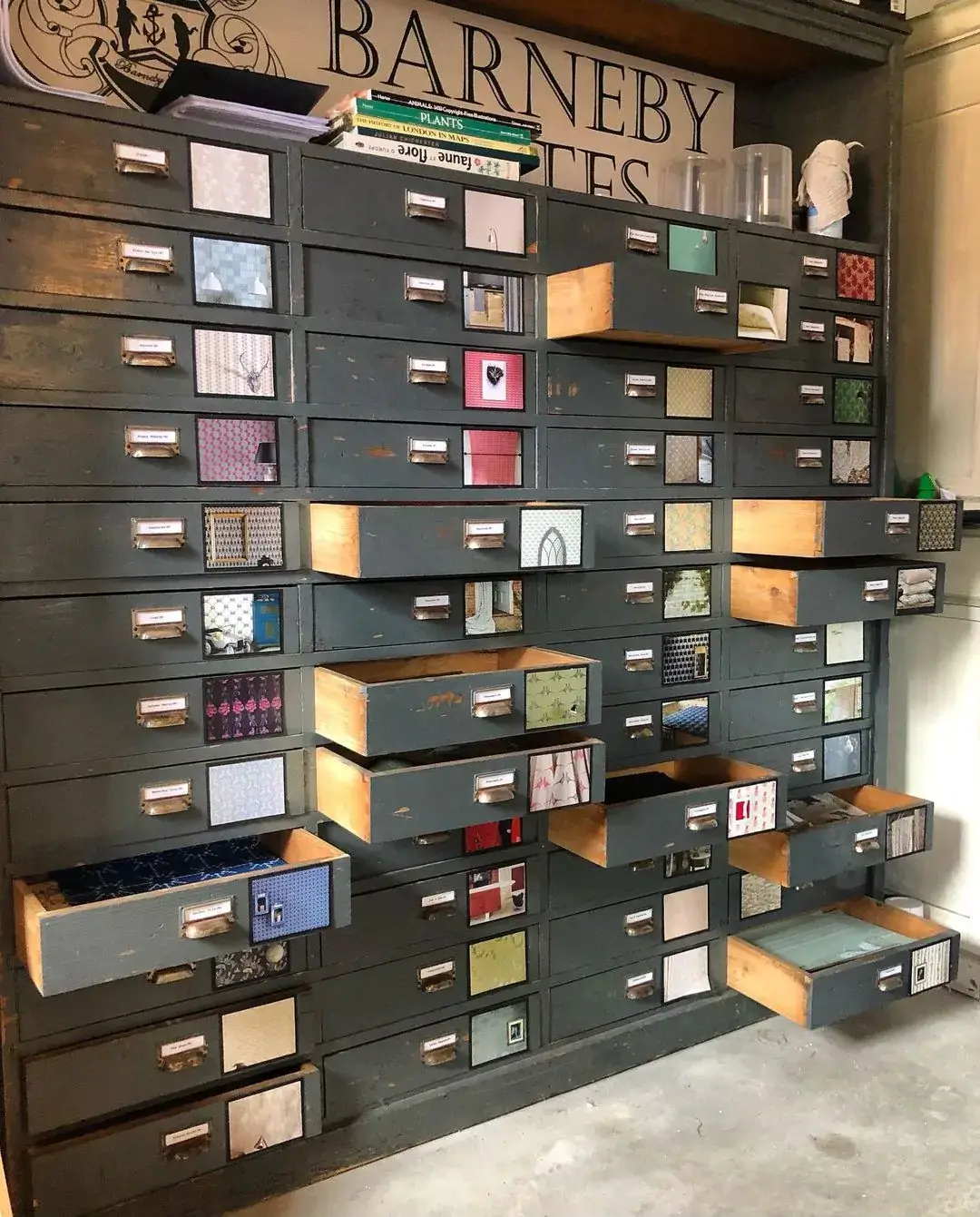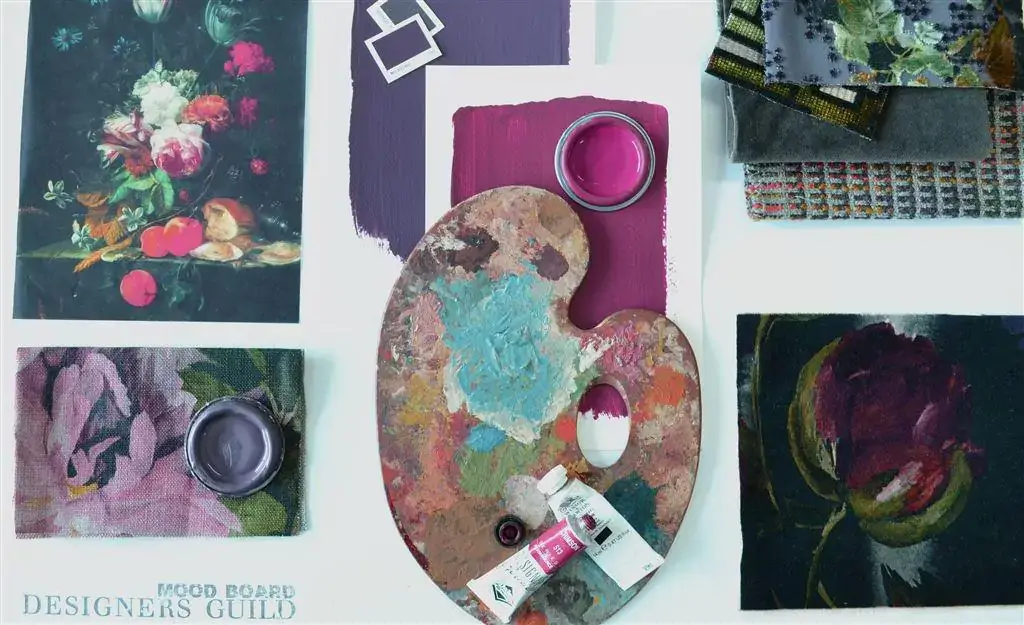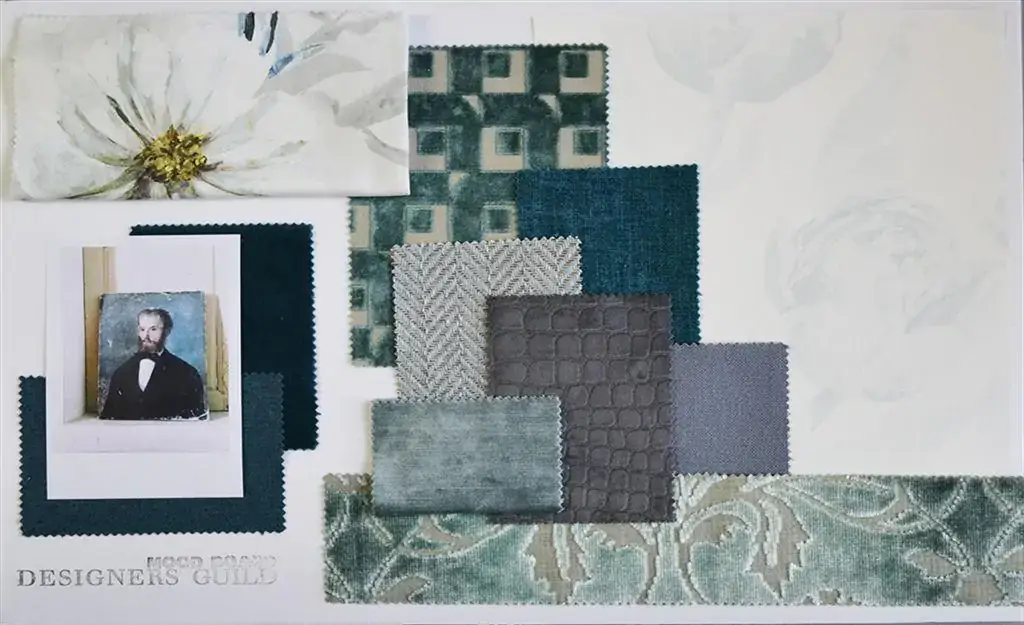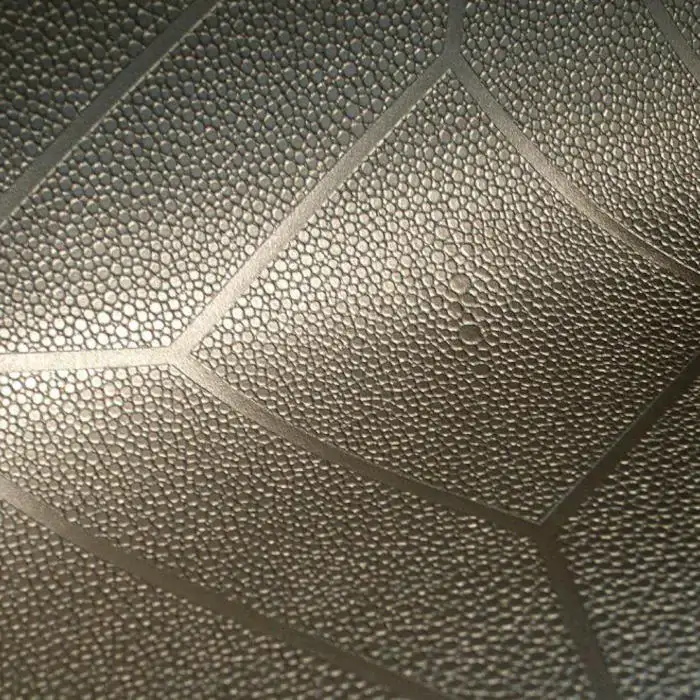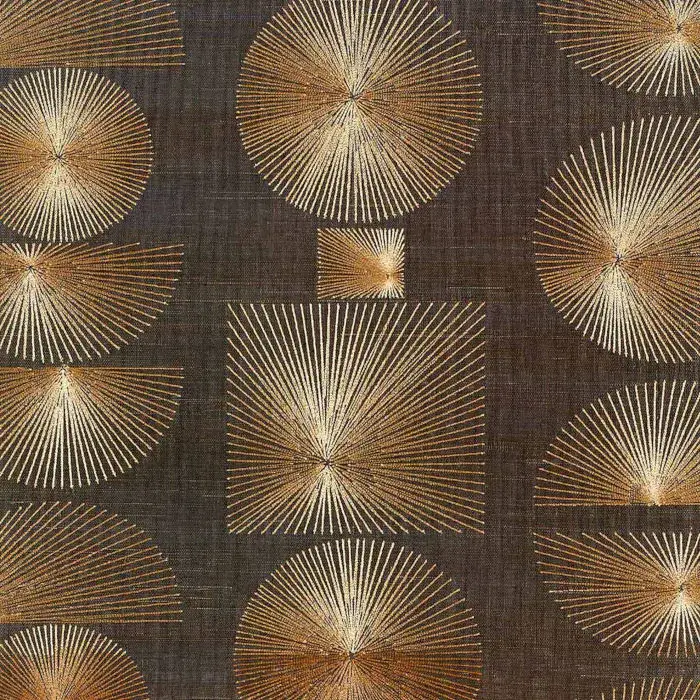How to Create a Moodboard
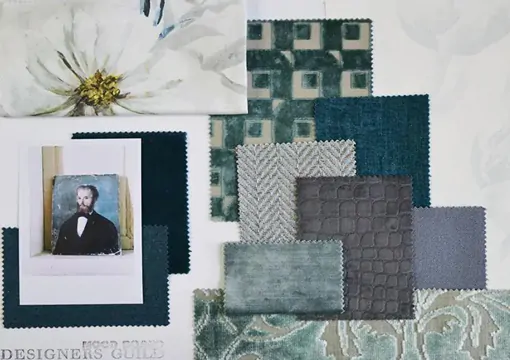
TM Interiors quick guide to creating mood boards. Our interior design team share some of their top tips so you can create a mood board for your next creative project.
How to Create a Mood Board: A Quick Guide
Do you ever find yourself wandering aimlessly through Pinterest, searching for just the right look, and then either not pining anything because it is not exactly right or pinning every photo because there is one element you like but it is not quite right. Don't panic this happens to the best of us, a great way to filter through the endless images is to create a moodboard, it will give you focus and help you find the best elements to design your own interior scheme.
If you’re not sure where to start when it comes to creating a board of your own, this list of tips and tricks is going to get you on the path to creating a board that will not only help you organize your home and work-space, but also inspire you in the process.
Plan Before You Begin
Planning your board before you start collecting images or pinning them may sound like a no-brainer, but it’s not as easy as it sounds.
Start by thinking about the project you are looking to create the mood board for, then think about each of the design elements which will be in the project. For example, if you are using a mood board for inspiration for redecorating a room, think of the room as the project and then treat each surface or object as a separate category (windows, walls, floor, ceiling, lights, furniture, pictures or mirrors, appliances, fireplaces, radiators). Or if you are using a mood board for planning an event or a wedding, think about each part of the day, what are the key moments, where are the key venues, what are the most important elements.
Having a plan in mind will help you decide what to include and what to exclude. It will give you a sense of the look of the objects, images and prints you might add.
Then start by collecting some images, materials, magazines and objects which relate to the project. Don't worry about being too selective at this stage, what you are looking for is to have lots of resources to hand so you have lots to choose from when you start creating your mood board.
Train Yourself to Look for What You Want
One of the most important things when it comes to creating a board of any kind is to train yourself to look for what you want. Once you keep in mind you are designing a mood board you will start to see the world in a different way, as a collector. It will become second nature and you will find yourself like us, always taking pictures of interesting objects, textures and colours, saving images from the internet and magazines, and keeping interesting objects because they may be useful for the next project or mood board. Fabric and wallpaper samples are also a great resource for capturing colour, texture and patterns you love. You can order fabric and wallpapers samples from us, we just wish our samples were as stylishly stored and displayed as those from the fabulous Barneby Gates (shown below). Once you see the world as a designer you can't help but build up a lifetimes collection of objet d'art.
Consider the Mood Board Layout
The first thing you should do before you even think about pinning anything is think about what you want the mood board to look like. Are there any mood boards you have seen which you like the layout of?
There are endless ways you can organise a mood board, you can dedicate areas of the board to specific objects or categories, use it like a scrapbook with overlapping images and materials, arrange it like a formal gallery, design it as a timeline with key events or stages of the process called out, have a central design area with key inspiration ideas around it.
Think about what you like and what might work best for the project. Knowing how you want the board to look can help you decide what you want to include, and what you want to exclude. But don't worry, there is no right or wrong approach, a mood board is about capturing the essence of an idea, the emotion and creativity.
Keep a Pocket Notepad
Keeping a notepad alongside a mood board can help, it is more portable and if you carry it around you can write down ideas, sketch interesting design elements you see, and keep fabric, paint and wallpaper samples in it.
Some people also find it useful to make notes at the start of a project as a way of reminding them later what was important. It can help you narrow down your choices later, especially if you are like us and get easily distracted by all the wonderful images, fabrics and wallpapers, not knowing which ones to disregard. If you want to keep notes ask yourself:
- What is the overall aim – why do you want a mood board?
- What inspires you?
- What do you like?
- What do you want to keep?
- What do you want to add?
- What do you want to change?
Use Colour Schemes
Often you will find there is one colour which you are keen to include, even though you may not have settled on the precise paint or shade. As part of the creative process you will want to narrow this down to a specific shade or tone.
You don’t have to be a photographer to understand how colour schemes affect how we perceive things, we all have an innate sense of how colours can appear cold or add warmth, add energy or appear dull. When you think about the colour you have in mind, are you looking for it to be warm or cold, energetic or subdued. This will help you decide on the shade.
The next thing you will want to think about is the other colours you want to work with. You may remember working with complimentary or contrasting colours at school, but if not take a look at the image below, you can see contrasting colours tend to be at the opposite side of the colour wheel, whilst complimentary colours tend to be neighbouring colours. But this is not your only choice, in the image you can see there are some design options you can use to pull schemes together.
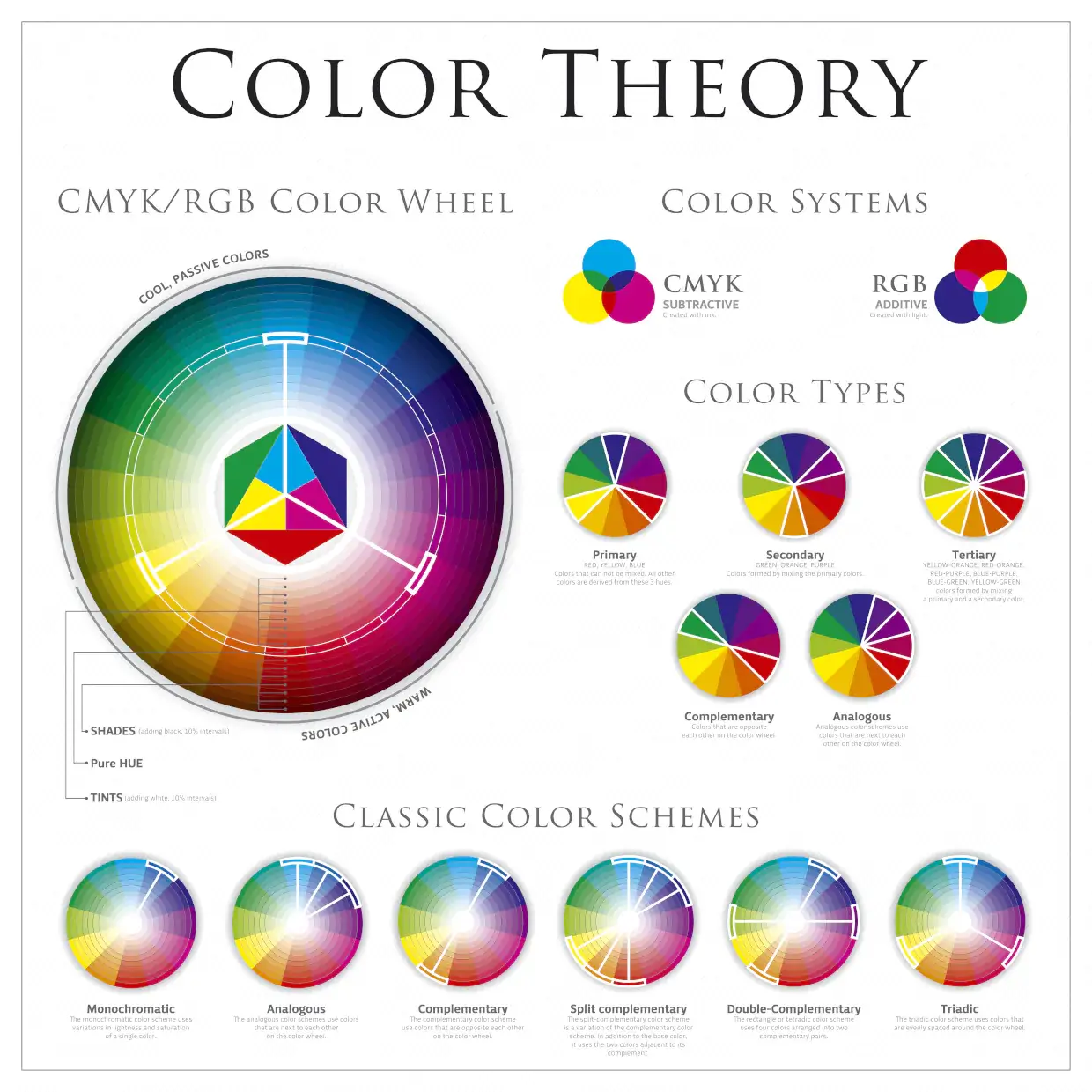

Play With Patterns
Another way you can use patterning on your board is to play with the patterns you choose. If you find a pattern in nature, or around your home, you could take a rubbing of it (just put a piece of paper over it and then rub chalk over the paper). Alternatively, add fabric or wallpaper samples for texture. For example, if you want to use a floral pattern, why not go with a full-on floral pattern on your board? Why not pin images of flowers? There are infinite ways you can play with patterns on a board, and you can get really creative with it. Let your board be your canvas, and have fun with it. Don’t worry about being too literal, or having every image represent a specific theme, just let your creativity flow while you make your board look beautiful.
Embrace Nature
Nature provides a wonderful palette of objects, patterns and colours, sometimes there really is no substitute and we would encourage you to embrace objects from nature. Flowers and leaves can be easily pressed between two sheets of absorbant paper weighed down with books, but other objects from nature can also be a great way to capture an interesting texture, pattern, or colour, feathers, shells, twigs, and stones are all popular choices.
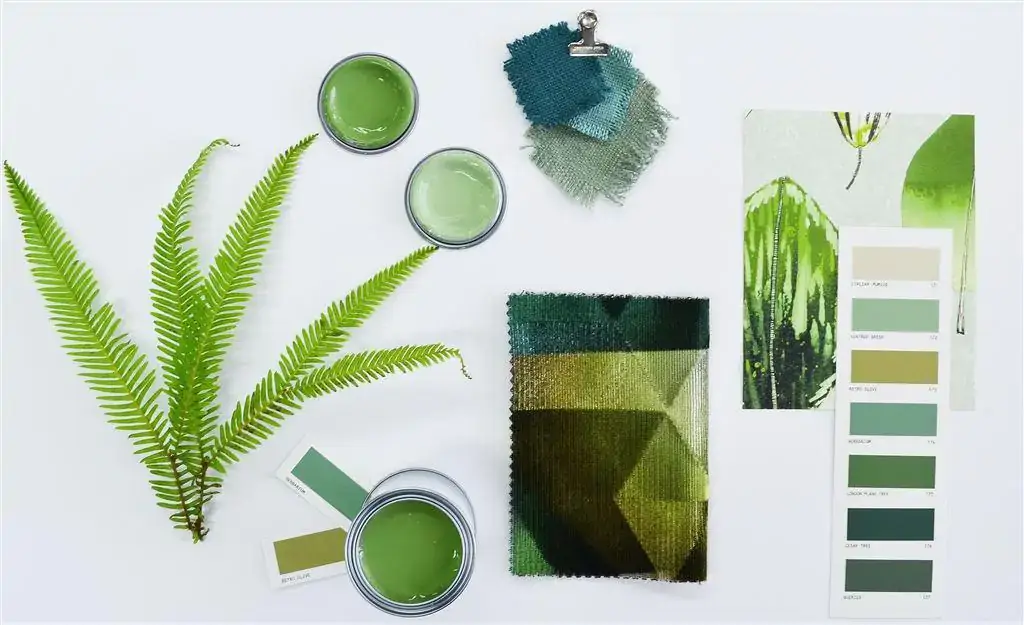

Add Your Favourite Things
You don’t have to be limited to the categories you can pin when you create a board. You can also add images of your favourite things to your board to help you remember why you love them so much in the first place. This may seem like a no-brainer, but if you’re not keeping this in mind, you may be missing out on how helpful a board can be. For example, if you have a piece of furniture, a piece of fabric or an image you love, add it to the mood board. You don't have to use that exact object in the end design but it can still provide creative inspiration.
Draw and Sketch Ideas
If you are not used to sketching ideas, or you don't draw on a regular basis, don’t let this hold you back. Sketching objects, important details, or drawing a plan of a space can really help, sometimes it is the only option as you cannot find an image to capture what you need. Drawing can also help you get familiar with the detail of specific elements. If you are really unsure you can sketch what you need on a separate sheet of paper, then you are free to change it as many times as you like before you cut it out and add it to your mood board.
Design the Mood Board
Once you have a stack of materials, objects, colours and images you like start placing them on the board, then move them around, swap them in and out and decide what you like the most.
Although this is the most fun part it can also be the hardest part, it can be tricky deciding what to keep, what to remove, and how to place them on the board. If you get lost and have too many images or colours, it can help to take a step back to think about what is important to you, or look back at any notes you made at the outset.
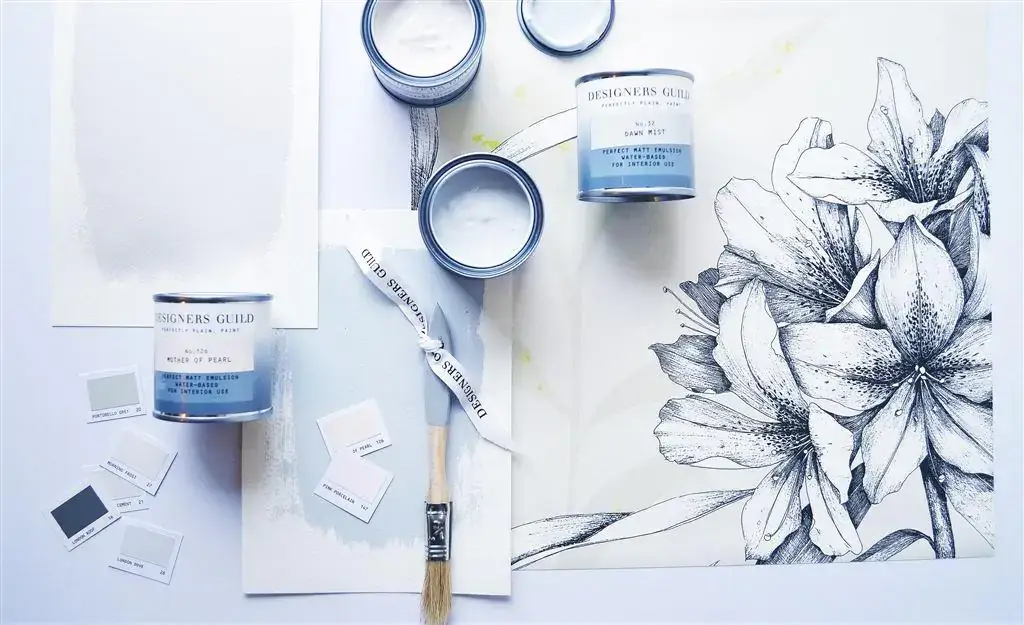

Less is More
Another key challenge with mood boards is to know how to remove items. It is very easy to be distracted by beautifully staged images, and to find yourself keeping an image just because of one small detail. If you think your board is cluttered, or you are having trouble choosing which images to use, the following tips may help:
- Try to limit yourself to one or two images per category or object. If you had to pick between two similar images which one would you choose?
- Keep the area of the mood board used for a category proportionate to its importance in the overall scheme. Small details should only take up a small space.
- Cut out specific details rather than keep the whole image, or draw or trace the important detail rather than use large images.
Know When to Stop
One of the hardest challenges for any designer or artist is knowing when to stop, you have likely experienced it yourself too, that one brush stroke too many which altered the picture for the worse, or that last touch on a cake which ruined the smooth icing. We have a couple of tips which might help you identify when you should stop, such as:
- if you find yourself making lots of small changes
- if you make a change which you regret and are chasing to return the board back to a previous look
- if you find yourself repeatedly adding and removing the same objects, or just swapping the position of items on the board
the chances are your mood board may be ready. To test this it can help to take a break, to do something else or even leave it for a day or so. Sometimes, taking some time out is all you need, when you come back to the board you may see it with fresh eyes and you may be surprised at how good it looks or you may find the last change needed.
Final Words
Creating a mood board is a lot of work, especially if you want it to be a comprehensive and beautiful board. And, while it may sound simple, getting it right is actually a lot harder than you think, but it is important to add things you love and to remember it should be fun. A mood board is your chance to embrace your creative side, to help you make design decisions for your next project. If you want further inspiration, Designers Guild have an extensive selection of mood boards and top tips from their founder and award winning designer, Tricia Guild.



